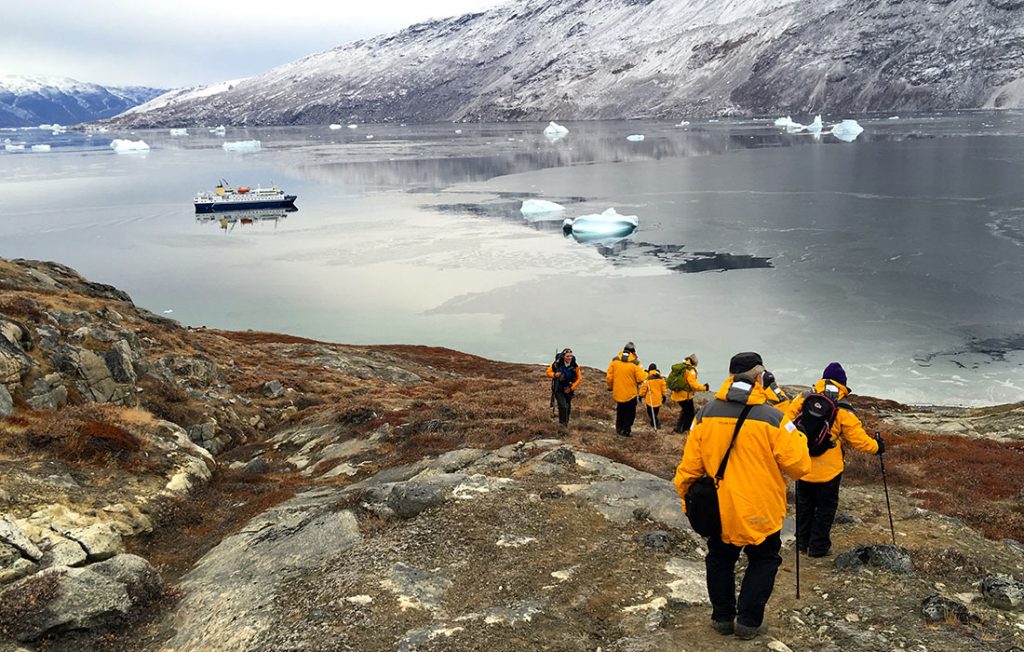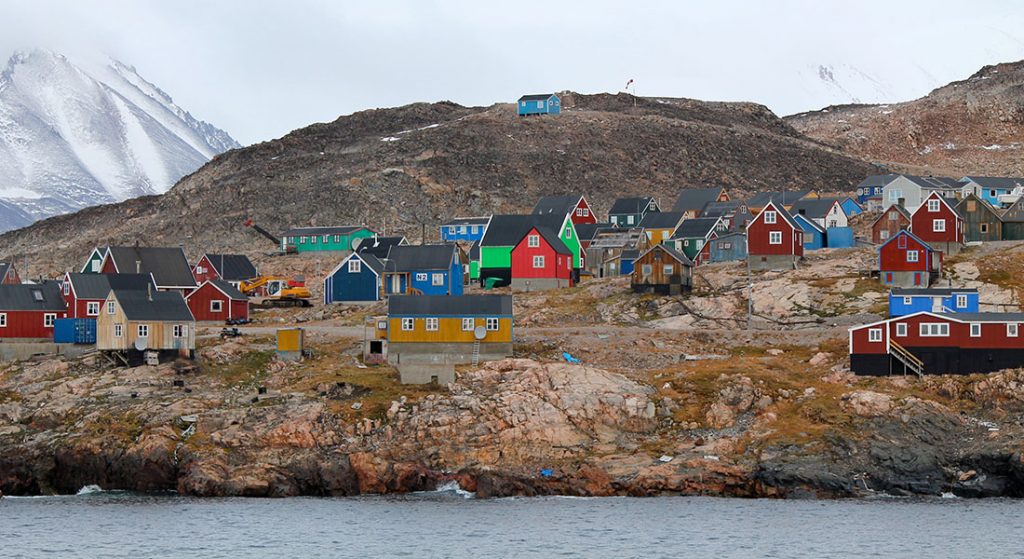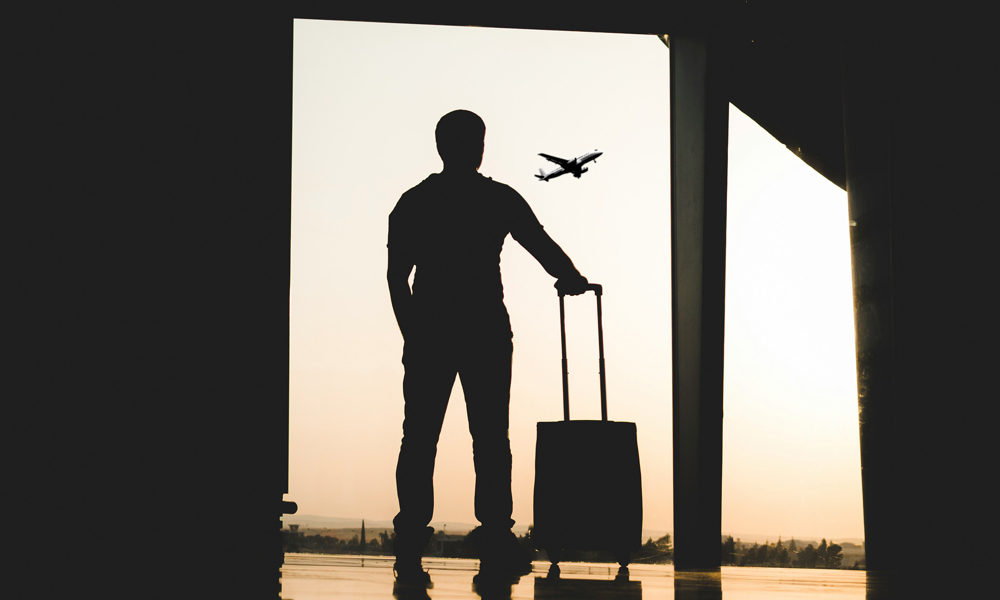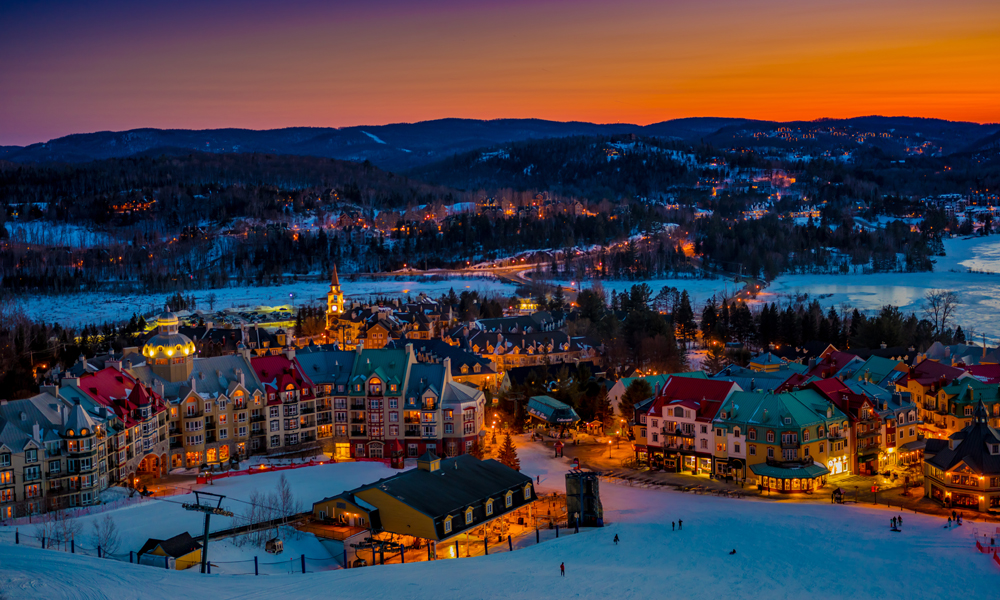East Greenland’s remote Scoresby Sound, the largest fjord system in the world, offers up pure Arctic adventure—glacial bays, calving icebergs, muskox and more…
By Doug Wallace
I couldn’t stop taking pictures of them. I’m talking about icebergs, of course. When the first thing you see out the window in the morning is glacial icebergs shot through with ribbons of multiyear blue ice, shining in the Greenland sun in impossibly calm waters, you know you’re in for a rather Zen day.
Happily, I had 12 days of communing with icebergs—and glaciers, tundra, rocks, muskox and rabbits, not to mention Greenlanders—in East Greenland, high above the Arctic Circle, exploring the Scoresby Sound fjord system with polar pioneers Quark Expeditions.
Kalaallit Nunaat, Greenland’s real name, is a country of superlatives: the largest island in the world, the second-largest ice sheet in the world, a deeply indented coastline that’s 40,000 kilometres long. And we’re neighbours—Canada’s Ellesmere Island is only 25 kilometres away at its closest point, way up in Greenland’s northwest—so it was time for a visit.
My trip began with a charter flight from Reykjavik, Iceland, to Nerlerit Inaat Airport in East Greenland, also known as Constable Point. My fellow passengers and I then hiked to a pier loaded with Zodiac skiffs, and took a quick cruise to board small expedition ship Ocean Nova, our home away from home for the next week or so, and a little bit of luxury in a rugged and remote land.
Arctic expedition travel is the ultimate adventure, one of the last frontiers left in the world. Ice in the fjords now melts enough in summer for ships to reach places they couldn’t before—really the only upside to global warming. We hit several different fjords in Scoresby Sound, stopping for morning and afternoon excursions to cruise the icy bays in the Zodiacs or hike the tundra, up mountains or alongside glacial moraines. I was part of the sea kayaking group, which was an adventure in itself, filled with silent astonishment, breathtaking vistas, dramatic geology, the odd seal, and a daily core workout. The conditions varied from site to site, which injected the necessary newness into both the kayaking in particular and the trip in general.
“This type of travel is largely experiential, about making a lasting memory that people can take away for a lifetime,” says our Quark expedition leader, Hadleigh Measham.
The big difference between an expedition and your run-of-the-mill cruise is that Mother Nature is the tour guide in these parts; the itinerary is only as useful as the ice, sea and weather conditions will allow. We retooled our plan of action a few times; doing things on the fly amplified the sense of adventure. Can we land? Are we dropping anchor here? Can we get a little bit closer? The decision-making process has many facets and this was a very intrepid group of people—staff and guests alike.
“People get hooked on this type of travel,” says Measham. “They went to Antarctica because they thought it was cool as a kid, and now they want to go to the Arctic, or vice versa. They’re sacrificing their beach holidays or their trips to the Four Seasons or whatever to do this, because they can get their rest at home. As the trend increases, they need to get that buzz or kick. They want to see more and experience more,” he says. “So do I.”
I’m not leaving until I see a critter
Although my journey was late in the season when the wildlife tends to become a bit scarce, there were a few cool sightings to prop up the travel brochures. You have to keep in mind that wild animals are wild; they aren’t sitting around waiting for you to come take their picture. We found foxes and hares, and many species of birds, both on land and accompanying us on our way down the fjords: glaucous gulls, black guillemots, ravens and hardy pomerants, the only bird that stays all winter.

The muskox came in handy for the trails they leave behind. We often followed these up the hills, rather than making our own—the animals know where they’re going. Related to the sheep family, they’re hard to see, especially in the fall when everything is brown. They’re active all year long and prized for the fine wool underneath their long guard hair, which is eight times warmer than sheep’s wool. This is how they can withstand minus-70-degree temps in the winter.
One afternoon, while on a Zodiac ride in Northwest Fjord to find a sheltered spot where we could put the kayaks in the water, we saw two muskox galloping full tilt over the hills on the banks beside us. One fled immediately, while the other stared at us for several minutes. Another morning on a hike in Goose Fjord, we happened upon a herd of six of them, and sat on a hill ridge watching them from a distance with binoculars. They saw us, but kept grazing. Two of the males even started to butt heads, which made us feel like we were in our own nature documentary.
The elusive polar bear is the uncontested icon of the region. Many travellers cite a sighting as their main reason for coming to the Arctic.
Polar bears have an extraordinary sense of smell and can detect a female in heat based on the smell of her paw print—this according to our onboard biologist. They’re mostly solitary, but their sense of community may be based on this powerful sense of smell: they know where everybody is. Their hair is hollow to help them direct sunlight to their black skin, and also to provide buoyancy in the water. They hunt seals on the sea ice and have been known to swim 60 kilometres without resting. Sadly, climate change has caused the ice to melt sooner in the spring, so the bears have to start swimming sooner and swim farther to survive.
The region’s glaciers are also in a sad fix, as they continue to rapidly recede, with cascades of ice calving, gliding down into the bays and out to sea. Our resident geologist referred to these as “calving events,” which made it sound, well, eventful—which it is. Glaciers are 3,000 metres thick and some of the ice is many thousands of years old. The iceberg graveyards, where they accumulate stranded in the shallows, have a type of rare, dramatic beauty that is totally mesmerizing. Again with the pictures—I just couldn’t put the camera down.
Wind, weather, sea and ice conditions aligned perfectly one afternoon in Goose Fjord as we headed towards the spectacular Magga Dan Glacier, the larger of two glaciers flowing into the fjord. The captain took the ship right into the ice-filled waters beside the massive glaciers as they cracked and calved for us, almost on cue. I spent some of this time on the bridge of the ship watching the crew navigate the scene. They were almost more excited than all of the passengers. You could tell this was major.

When we weren’t kayaking or cruising in the skiffs or hiking the hills, we were wandering through old settlements, untouched ruins used for hundreds of years by different peoples. You could still see the “front steps” of some winter homes and piles of rocks that had once been meat caches or “ice boxes.” Fox traps still sat on the top of flat rocks. We found tools made out of bone and even a couple of graves.
“Greenland has a long human history, thousands of years old,” Measham says. “So as a member of the same species, you see what’s come before you and it makes you feel tiny, in space and time. Greenland has a special beauty about it that emphasizes that feeling.”
The Late Dorset culture spread through Greenland from 700 AD to the 1300s. They were specialists in making lances and harpoons, and thrived in the cold weather, taking advantage of the ice and living off the marine mammals. They were also famous for their art: sculptures and figurines, and animal-shaped amulets. According to the Quark historian, as the Late Dorset culture struggled, turning to art and religious beliefs helped them survive in such a cold climate.
And then came the Norse Vikings and then the Thule, an advanced culture that lived as a community, carving maps of the coastline out of driftwood, which they gave to Danish explorers who arrived in the 1700s. Home Rule in Greenland was established in 1979.
Let there be light
Clear nights made for clear Northern Lights. The aurora borealis is caused when electrically charged sun particles collide with oxygen and nitrogen in the atmosphere around the magnetic fields of the poles. I would go to bed early to catnap before being awakened by an announcement that Mother Nature had switched on the Northern Lights. Passengers took to sleeping in their clothes to be ready to just jump into their boots and grab a camera. The real photographers in the crowd were mega-prepared: extra gloves, tripods out, their turf on the top deck secured.
There was even a night shore landing one evening, arranged to allow for more stable photographing of the Northern Lights without the motion of the ship throwing off the camera’s focus. I almost drifted off, lying on the soft grass with my nose in my jacket, watching the lights dance across the sky in a multitude of colours. It was these kinds of calm moments of silence—when the environment just imprinted itself on me—that I appreciated the most.
In the end, my Northern Lights shots sucked. But if you need a picture of an iceberg, I’m your guy.
DOUG WALLACE is the edtor and publisher of travel resource TravelRightToday.






POST A COMMENT